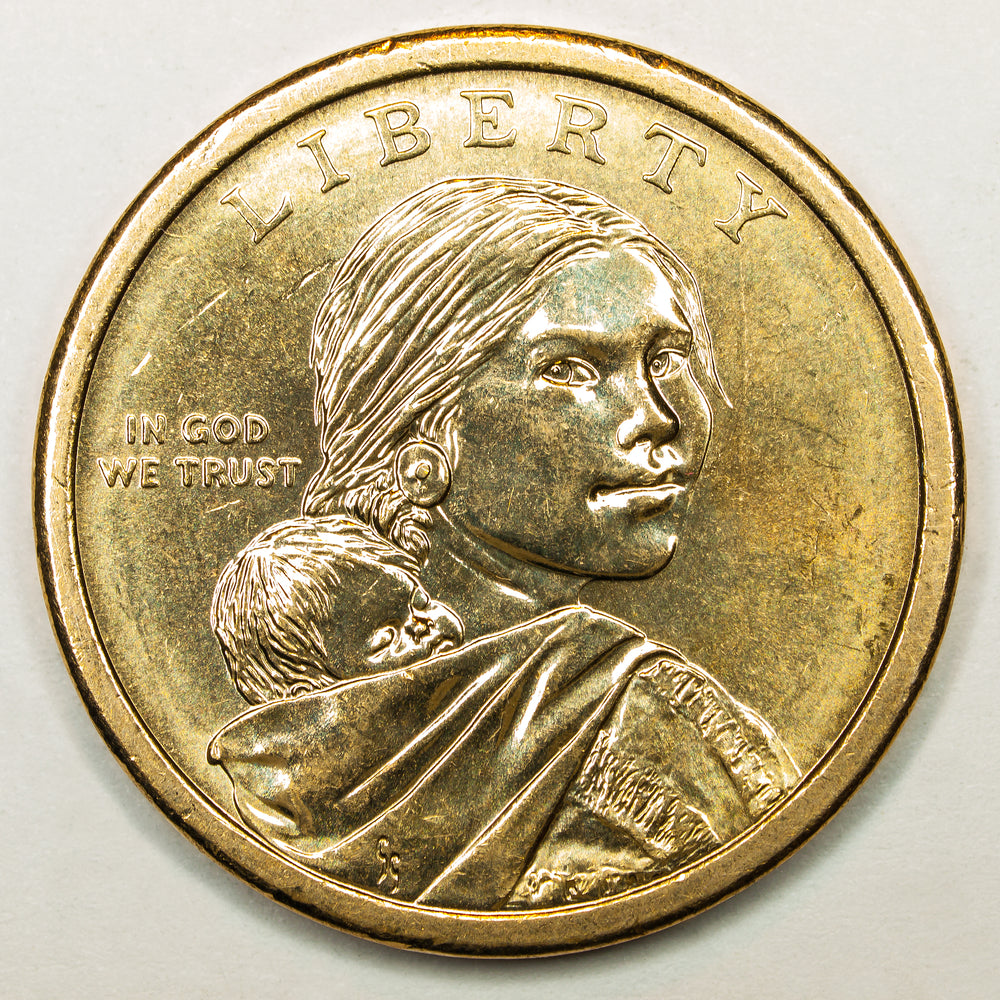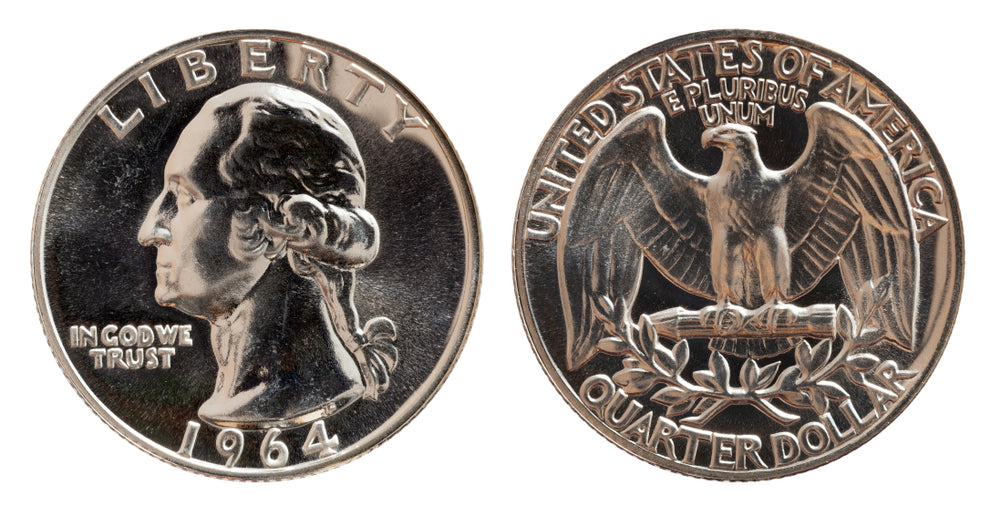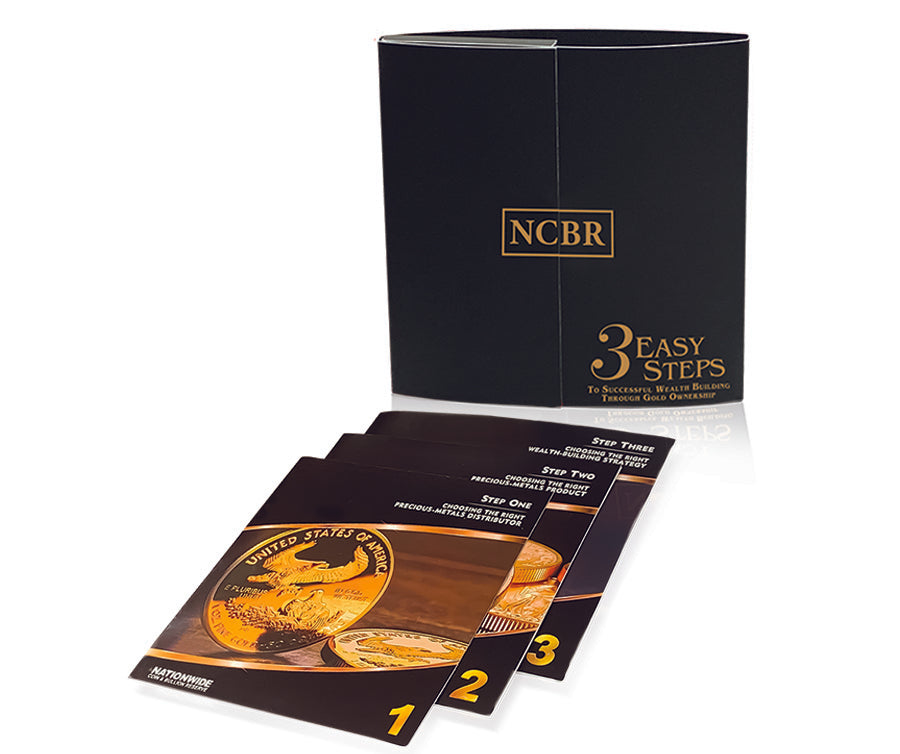The Native American Dollar coin, also known as the Sacagawea Dollar, is a remarkable piece of American currency. It was first minted in the year 2000 and has since become a symbol of both cultural heritage and monetary value.
The Design
The Front: A Tribute to Sacagawea
The obverse side of the Native American Dollar coin features a captivating image of Sacagawea, a Shoshone woman who played a vital role as an interpreter and guide during the Lewis and Clark expedition in the early 19th century. The portrait captures her resilience and strength, paying homage to her invaluable contributions to American exploration.
The Back: Commemorating Native American Contributions
The reverse side of the coin features ever-changing designs that highlight various aspects of Native American cultures and contributions. From 2000 to 2008, the reverse showcased an eagle design by Thomas D. Rogers. Since 2009, the reverse of the Sacagawea dollar has been modified annually, with each design in the series depicting a different facet of Native American cultures. These coins are marketed as "Native American dollars" and serve as a tribute to the rich tapestry of indigenous heritage in the United States.
A Brief History
The Inception of the Sacagawea Dollar
The idea of creating a dollar coin to honor Sacagawea and Native American contributions was born in the late 20th century. The legislation for the coin was signed into law in 1997, leading to the first minting in the year 2000. Since then, it has become an integral part of American numismatics.
The introduction of the Sacagawea Dollar was met with enthusiasm from historians, collectors, and indigenous communities. It marked a significant step in recognizing the historical significance of Native Americans and their contributions to the nation's development.
Evolving Designs
One of the unique features of the Native American Dollar coin is its annually changing reverse design. This tradition began in 2009 and has continued ever since. Each year, the U.S. Mint collaborates with Native American tribes to create designs that reflect their culture and history, making every coin a collectible piece of art.
These changing designs have made collecting Native American Dollar coins an exciting and educational pursuit. Collectors can trace the evolution of Native American representation on these coins, gaining insights into the diverse cultures and contributions of indigenous peoples.
The Value of Native American Dollar Coins
Collectibility
The Native American Dollar coin has gained significant popularity among collectors. Its ever-changing reverse designs and historical significance make it a sought-after item in the numismatic community. Some coins with specific minting errors or unique designs can fetch high prices in the collector's market.
Collectors often search for specific years or designs, leading to a thriving secondary market for these coins. Additionally, the condition of the coin, known as its "grade," can significantly impact its collectible value, with uncirculated coins typically commanding a premium.
Face Value
While the collectible value of these coins can be substantial, they are also recognized as legal tender. The face value of a Native American Dollar coin is one dollar, and it can be used for everyday transactions just like any other dollar coin.
This duality of value—both as a collector's item and a practical form of currency—sets the Native American Dollar coin apart from other numismatic treasures. It bridges the gap between history and modern commerce.
Conclusion
The Native American Dollar coin, with its compelling design, rich history, and value, holds a special place in both numismatics and American culture. It pays homage to the contributions of Native Americans throughout history and serves as a reminder of the importance of preserving their heritage. Whether you're a collector or simply someone interested in American history, the Native American Dollar coin is a remarkable piece of currency that continues to captivate hearts and minds.
Real Time Precious Metals Data Below







